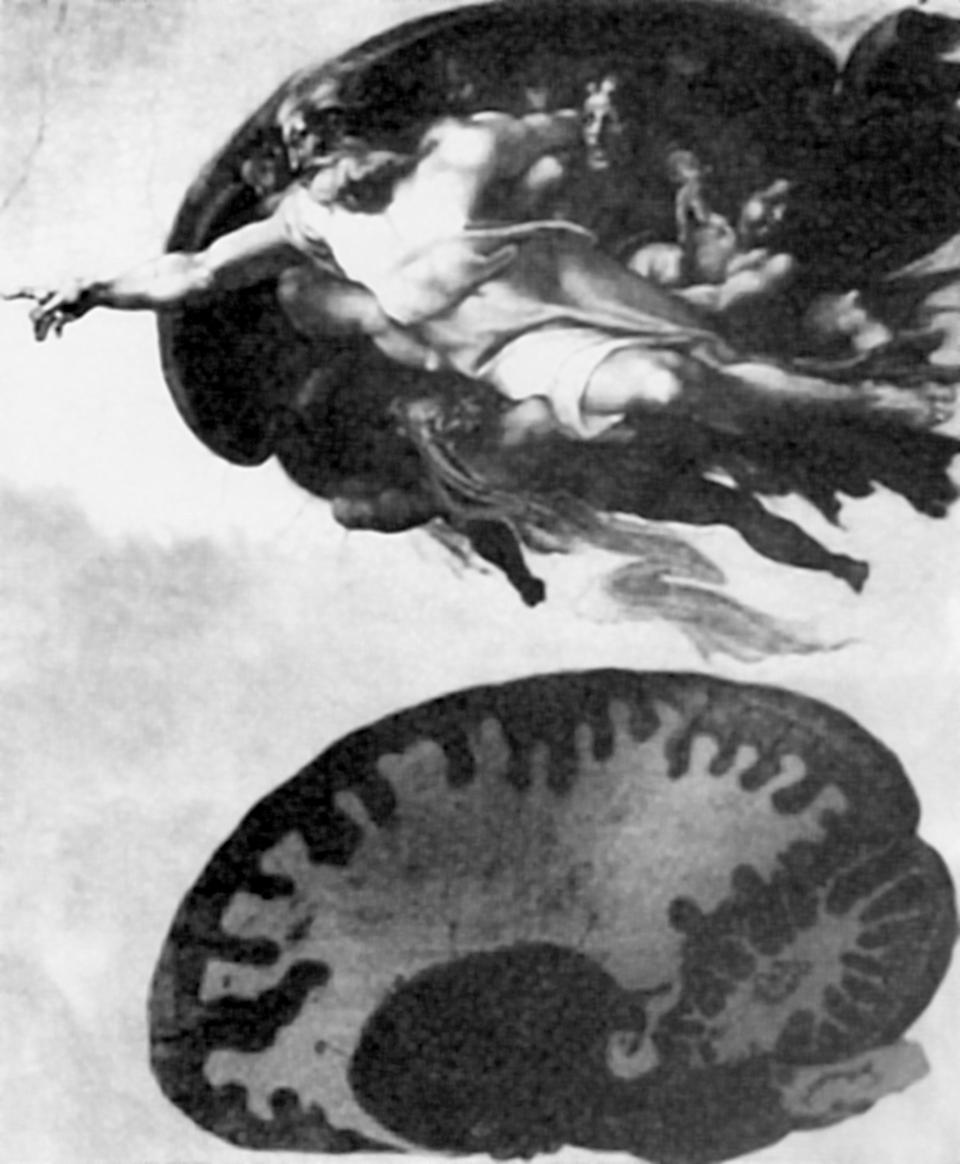MEDIATION symbolizes a new, an advanced level of human consciousness. MEDIATION epitomizes a new octave of human consciousness where conflict situations are considered as a source of positive change within social evolution.
MEDIATION symbolizes a new octave of human consciousness. There exists a potential in homo sapiens to deal with conflicts, and to make this a positive experience for the individuals involved. Every conflict situation bears the potential of becoming the source of positive change in the social existence of individuals or within the social life of a community.
The neurobiological basis for the evolution of human consciousness in this respect can be traced back as far as 1.9 million years before our time. At this evolutionary stage of human consciousness a new momentum, a new impetus in evolution was set the purpose of which is still unknown to the paleoanthropological sciences: In the period of from ca 1.9 million years to ca 200,000 years before our time an extraordinary growth in mass of the brain of the ancestral species of homo sapiens occurred. In this relatively short evolutionary period of time, the brain mass of the hominid species preceding homo sapiens tripled. In evolution, as far as we know today, there has never been a process comparable to this. This extraordinarily expansive development of the brain is absolutely unique. No other species, except for the dolphins, passed through a similar development. According to a paleoanthropological theory, this immense growth in brain mass within – when seen from a paleoanthropological point of view – such a short time span served the purpose of developing a positive social behavior of the individuals in a group, i.e. the purpose of developing behavioral patterns that support the social existence of the groups. Mediation as a procedure of resolving disputes in a peaceful manner, as a procedure of settling conflicts with an aim to set the stage for harmonious future family or working or business conditions, thus is an important stage in the development of human consciousness.
Even though it is true that the biological evolution of homo sapiens has come to an end[1] this may not necessarily be the case when it comes to the development of human consciousness. The biological process of what we call “consciousness” is a tremendously complex evolutionary achievement. The series of neurological events that occur when we do nothing more than follow our usual daily rhythms, in terms of mathematical excellence, by far outcast anything that has ever been performed by any man-made machine – and be it the most sophisticated and most powerful computer that has ever been built. Our central nervous system, as a physiological agent, is by no means comparable to the central processing unit of a computer, or to alike computing systems or any technical memory system that has been created. All of the comparisons drawn by the media and in popular science in this respect are actually void of any scientific substance or relevance. The central nervous system, i.e. the brain and spinal cord, simply do not function like a mere computing system, and be it the most sophisticated and most powerful computing system ever constructed. As neurobiological research has shown during the last 20 years, the human brain, the human central nervous system, and what is more, the human mind, are plastically self-organizing systems capable of continuous development. They are of “a unique [splendor] that – by way of scientific means and methods alone – we will never be able to understand in its entirety.”[2]

Detail from Michelangelo‘s CREATION OF ADAM in the Sistine Chapel. God is pictured on a background that bears more than a passing resemblance to a section of the human brain. A detailed comparison can be found in F.L. Meshberger, “An Interpretation of Michelangelo’s Creation of Adam Based on Neuroanatomy“, Journal of the American Medical Association, 264 (1990), 1837-41.[3]
[1] Friedemann Schrenk, professor of palaeobiology at the Institute of Research Senckenberg, and director of the Interdisciplinary Center of African Research at the University of Frankfurt, giving a talk in Kaufbeuren, Germany, on 26 October 2007.
[2] Book cover, front leaf, Gehirn und Geist – Wie aus Materie Bewusstsein entsteht, by G.M. Edelman and G. Tononi, C.H. Beck, Munich, Germany, 2002 (German edition of A Universe of Consciousness – How Matter Becomes Imagination, G.M. Edelman and G. Tononi, Basic Books – Perseus Books Group, New York, USA, 2000.
[3] A Universe of Consciousness – How Matter Becomes Imagination by G.M. Edelman and G. Tononi, Basic Books – Perseus Books Group, New York, USA, 2000, (pre-text title portion).